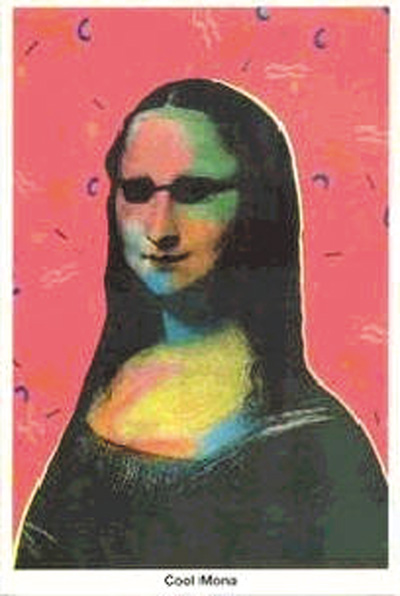
The word parody did not imply such an innocent nuance. It originated from the early 20th century post-modern movement, which used this form of expression to defile and belittle different events of the time. Parody back then was often called ?ronic quotation, pastiche, appropriation, or intertextuality. Now it can be categorized into two types: one that scoffs, and the other that blandly pokes fun.
The Park Geun-hye parody was a direct example of the first type. It did not just scoff or belittle the former candidateit put down women as a whole. Parody of this type is famous in the political realm for it provides a roundabout way of making fun of the people in office, and is further encouraged by the Internet that assures one? anonymity.
The other more subtle type surrounds us in brand names, logos, advertisements, book titles, headlines, and basically everything related to commercials. Kim Eui-jung, a psychiatrist at Ewha Womans University Tongdaemun Hospital says, ?eople simply take more interest in things that they are familiar with, and this is probably why parody is so commonly used in advertising.
In her book, ?he Politics of Postmodernism (1989), postmodern thinker Linda Hutcheon writes, ?arody is doubly coded in political terms: it both legitimizes and subverts that which it parodies. This double-faced trait of parody is certainly a reality in today? capitalist world. Parody is thus being exploited to express and persuade, to both commercialize and scandalize.

